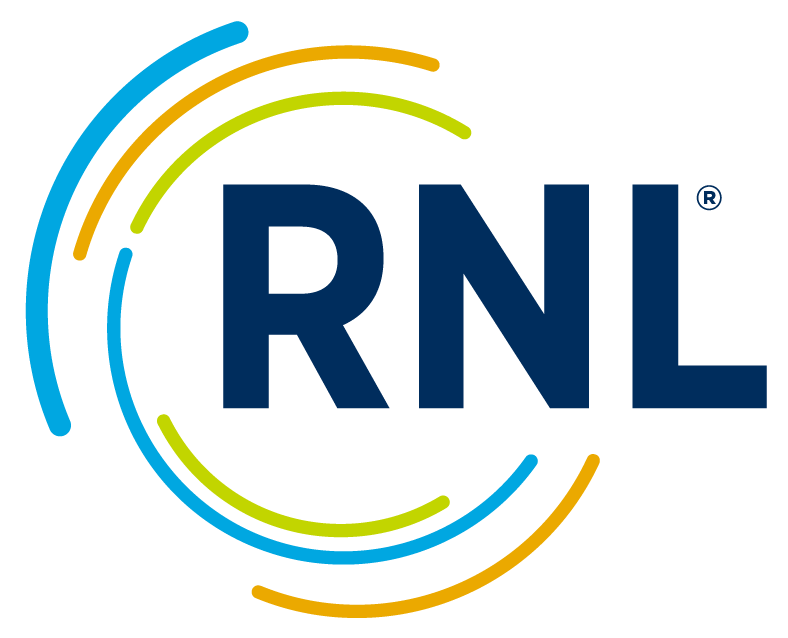
AGB’s Council of Board Chairs met virtually in June 2021 and was joined by a panel of presidents from AGB’s Council of Presidents. Below are the takeaways from the engaging conversation at this event.
The last academic year was a year like no other—dealing with the global COVID-19 pandemic and the heightened awareness and prioritization of racial and social justice issues, for example—and board chairs and college and university presidents had even more to discuss and deal with than in a typical challenging year.
What stood out the most among board chairs and presidents in the last academic year that kept the institution on track? In one word it was “communication.” The past academic year has highlighted the necessity for board chairs and college presidents to have open communication throughout their relationship to be the most successful team they can be.
One board chair mentioned that his role in communicating effectively with the president started on day one of his role and he kept a journal so he could pass it along to the next board chair after his term was complete.
A college president emphasized that understanding how a board chair communicates is essential in building an effective board chair-president relationship. He said that understanding that his board chair liked to talk after every meeting initially seemed unnecessary, but as time went by, he better understood his communication style and eventually looked forward to those wrap-up calls. Another college president sends out a weekly email to her board but also records a video in case some board members prefer to receive updates in a form other than writing.
During this past year, what presidents appreciated most from their board chair was empathy. Sometimes, college presidents are thought of as “superhuman” in their roles, and several college presidents noted that having a board chair who understands that college presidents too need to take time for self-care is essential. Another college president noted that this past year was her very first year as a college president and that the board chair having empathy for all of the challenging decisions she was going through made her first year on the job much easier.
Trust is also an essential element of the board chair-president relationship. Ideally, a board chair should be a person whom the president can talk to privately about issues and bounce ideas off of to serve as a source of support. One college president noted, “I want my board chair to be my first private critic and my first public champion.” So, privately, a board chair should be a safe space for presidents to work through decisions. Publicly, a board chair should support the president’s decisions, including difficult ones.
Fostering a good relationship between a board chair and a president is essential for an effective board. While the board chair’s responsibility is to handle the activities and politics of the board as a whole (rather than the president), the board chair is also the bridge between the president and the rest of the board. Together, with effective communication that is intentional and based on trust and empathy, the board chair and president can present a united front to lead the board in making the best institutional decisions possible.


